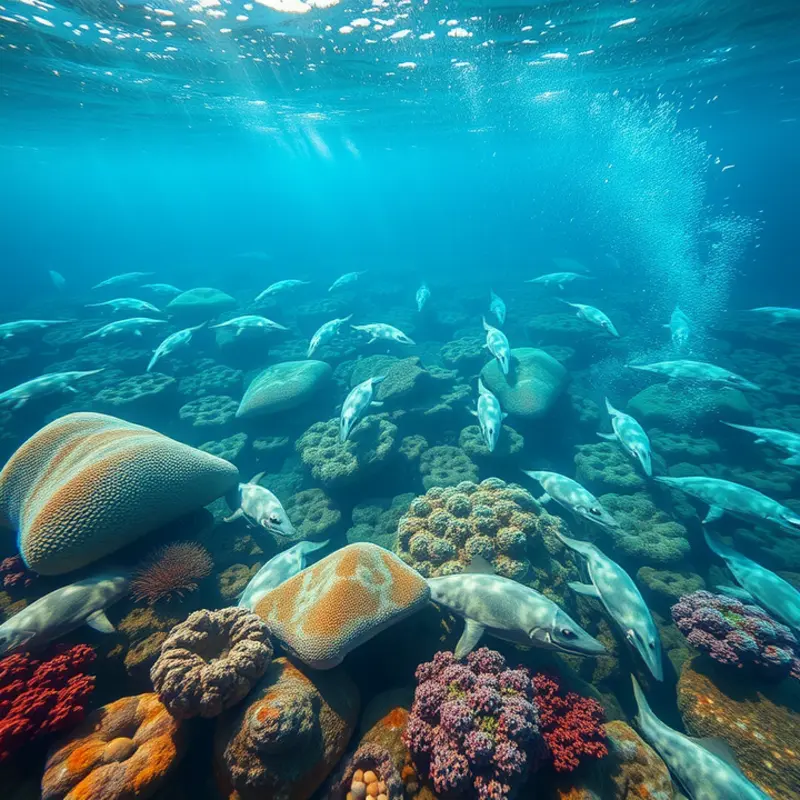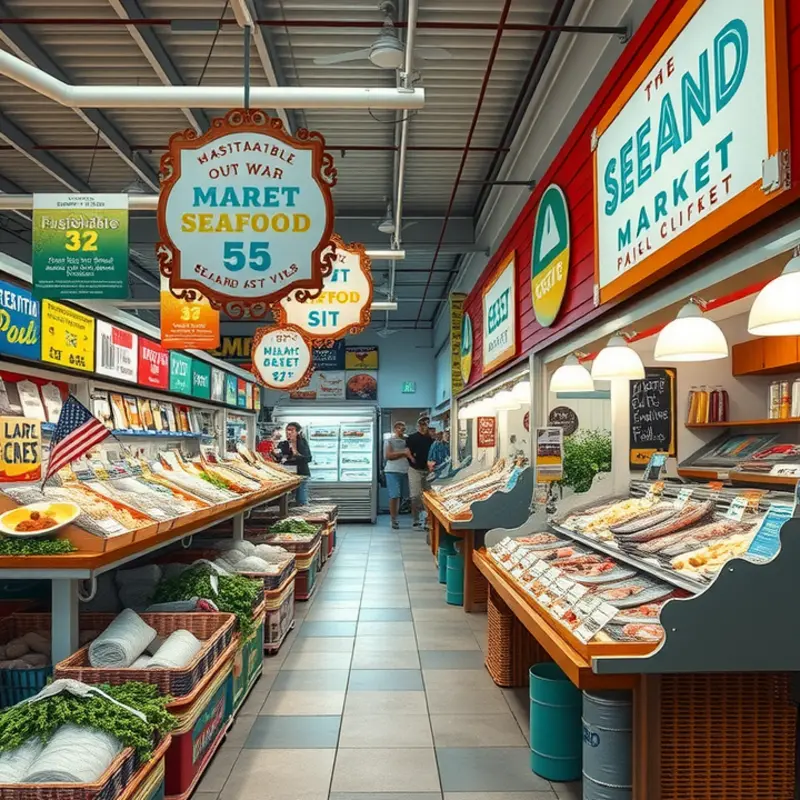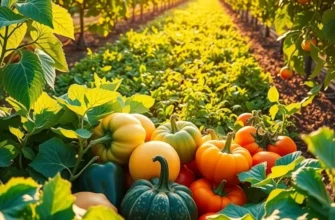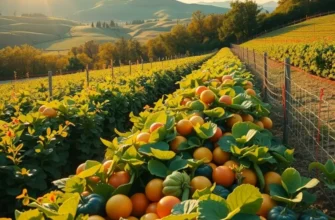With the increasing awareness of ocean health and the impact of overfishing, choosing sustainable seafood has never been more crucial. Making informed seafood choices not only supports marine ecosystems but also encourages responsible fishing practices. This guide will empower you with practical tips and insights, enabling you to select seafood that respects the environment while still enjoying your culinary favorites. Each choice you make contributes to the larger effort of preserving our oceans for generations to come.
Understanding Sustainable Seafood: What It Means

Sustainable seafood is a cornerstone of eco-friendly eating, prioritizing fish and shellfish that are harvested or farmed in ways minimizing their impact on marine ecosystems. Recognized certifications, such as the Marine Stewardship Council (MSC) and Aquaculture Stewardship Council (ASC), help consumers identify seafood that is responsibly sourced. These certifications evaluate factors like stock status, ecosystem impacts, and effective management, ensuring fisheries adhere to high standards of sustainability.
Supporting local fisheries is integral to sustainable seafood. Local fisheries often have stringent regulations that help maintain fish populations and protect marine habitats. Moreover, by purchasing seafood from local sources, you contribute to the local economy while reducing the carbon footprint associated with transportation. To explore more about eco-friendly choices in daily life, see eco-smart kitchen storage.
Overfishing poses a significant threat to ocean biodiversity, with many species facing the risk of depletion. Sustainable fisheries meticulously monitor fish populations and harvest at levels ensuring long-term stock health. Techniques like catch limits and seasonal closures are employed to prevent overfishing and promote recovery of endangered species.
Aquaculture, or fish farming, plays a pivotal role in sustainable seafood practices. When managed responsibly, aquaculture can alleviate pressure on wild fish populations and provide a reliable source of seafood. Best practices in aquaculture encompass proper site selection, feed efficiency, waste management, and genetic diversity preservation. These principles foster environmentally friendly operations that complement wild fisheries.
Understanding the critical elements of sustainable seafood empowers consumers to make informed choices. By opting for certified products, supporting local fisheries, and acknowledging the value of responsible aquaculture, you contribute to the health of our oceans. Recognizing the ecological footprint of your seafood choices is vital in safeguarding the planet for future generations.
Practical Tips for Buying Sustainable Seafood

When buying seafood, it’s essential to delve into the nuances of what makes a choice sustainable. One key strategy is understanding seafood labeling and certifications that indicate sustainable practices. Certifications such as the Marine Stewardship Council (MSC) and the Aquaculture Stewardship Council (ASC) are reputable markers. These organizations evaluate fisheries based on their impact on the environment and adherence to responsible practices.
Being able to identify these labels will empower you to make clearer decisions. Look for the blue MSC label for wild-caught fish, which signifies that the product met international best practices for fishing. The ASC label indicates that farmed seafood adheres to responsible aquaculture guidelines, minimizing environmental and social impacts.
Seasonal seafood availability is another critical consideration. By opting for seafood that’s in season, you inherently support practices that align with natural life cycles, reducing the risk of overfishing and allowing populations to replenish. Seasonal guides, often available from national fisheries agencies, can help you determine what’s currently abundant.
Emphasizing local sources not only supports nearby economies but also encourages a reduction in fossil-fuel consumption typically linked with transportation. Local fish tend to be fresher and more traceable, providing you a better understanding of the fishing methods used. As you explore local options, developing a relationship with your local seafood market can be invaluable. Armed with knowledge, you can ask insightful questions such as, “Where was this fish caught?” or “What fishing method was used?” These questions guide you to make informed, sustainable choices.
Integrating these practices into your routine requires a conscious commitment, but the environmental and community benefits are worth the effort. When you prioritize sustainability, you’re supporting a healthier ocean and future food security. For a deeper dive into reducing your environmental impact through smart kitchen practices, consider exploring eco-smart kitchen storage. By aligning these efforts, you contribute to a more sustainable and ethical food system, reinforcing the importance of responsible consumption in everyday life.
Final words
Selecting sustainable seafood is not just about making better choices for your plate, but also for the planet. By understanding the definitions of sustainability and implementing practical buying strategies, you can actively contribute to healthier oceans. Every time you choose seafood that meets sustainability criteria, you’re supporting fisheries that prioritize ecological balance and responsible practices. Your choices can drive change in the industry, encouraging more businesses to follow suit. Together, we can ensure our oceans remain vibrant and plentiful for future generations. Remember, every small step you take counts towards a larger ocean-loving community.








